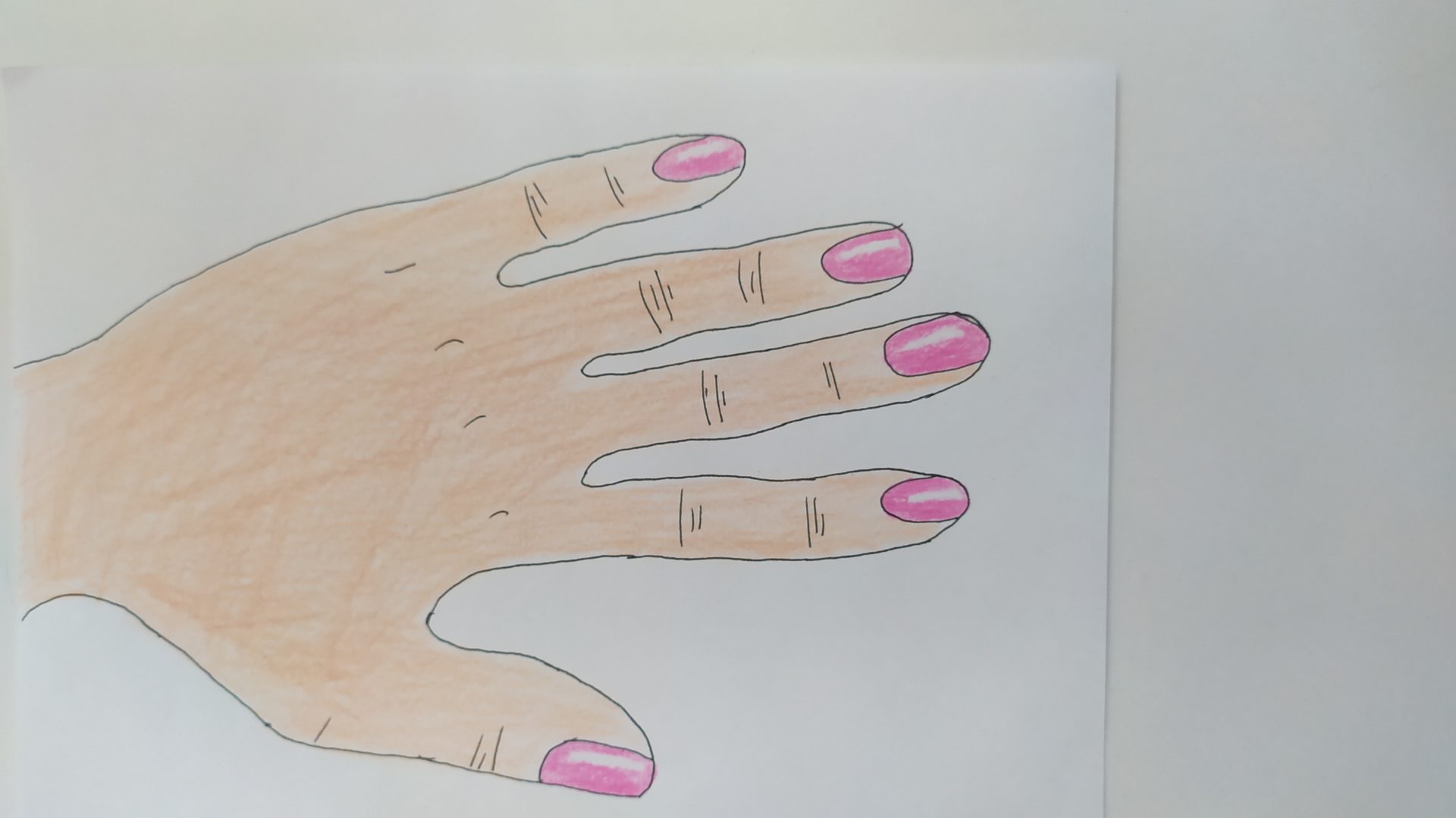

Give yourself a time limit-say, 30 seconds to complete your hand. Variation 2 on the Blind Contour Drawing: To play with the power of slow-going, you could try the Blind Contour once again, but going more quickly.Can you do this with a gentle smile on your face, all the while returning your attention to the object of your attention? Variation 1 on the Blind Contour Drawing: Try the same exercise with your non-dominant hand.Observe what you’ve created and make a note of any thoughts or feelings that come up. Once you’re done drawing your hand, put your pen down and gently release the exercise. To see this exercise in progress, have a look at the following video: It also requires the willingness to slow way down.Īs always, this is about the process, not the outcome. As you look, attempt to transfer that tracing through your pen onto your paper that requires deep awareness of what you’re actually seeing (versus what you think you’re seeing). You’re entering into different relationship with your hand in that you are deeply noticing its every contour. Stay in touch with the sensation of the pen and the paper. In order to get the most out of this exercise, try to move as intentionally as possible. Go slowly. The entire drawing is made of one continuous line until you’re done with your drawing, keep your marker on the paper.You look only at your hand (or other focal object), not your paper.You’ll see it out of your peripheral vision, but your focus is on the hand, not the paper.ĭuring this exercise, you will draw the contours of your hand. As with the last exercise, you will not look directly at your paper.

Place it on the tabletop, and extend your non-dominant hand out at a 45-degree angle from your page. Still comfortably seated, turn to a new sheet of paper in your sketchbook. We traditionally use the hand for this classic drawing exercise, but you may use anything you wish. Now that you’ve connected your body, your materials, and your attention through Mindful Doodling, we’ll work with practicing mindful awareness of a specific object. Part 2: Blind, Continuous-Line Contour Drawing Mindful Doodle example: Example of a Mindful Doodle, or “Taking your pen for a walk.” If you wish, take a few notes in your journal about any thoughts or emotions which came up during or after your Mindful Doodling session. What would happen if you put your pen in your mouth and attempted to draw? Used a different hand grip? If you can, go gently, with curiosity and playfulness.Īfter your timer goes off in 10 minutes, stop, open your eyes, and see what you created. If you’re curious, switch to your non-dominant hand and see how that feels different. If you lose orientation to where your pen is on the page, use your non-drawing hand to feel for the borders of the page. As in formal meditation practice, the work here is to simply return your attention to your breath (and materials) if your attention begins to drift. Maybe circles or spirals want to come up. You may wish to begin by drawing a familiar shape, or a set of lines.


(Remember: “Take the pen for a walk.” There’s nowhere special to go just move.) Your eyes are closed for the duration. Once you feel fully present to this place and time, place the tip of your marker on your sketchpad, and begin to draw. What do you notice about the sensation of the marker in your hand? The sketchbook in your other hand? The texture of the paper? Any sounds, smells, sensations of pressure on the soles of your feet or back. Next, get comfortable, close your eyes, and simply become aware of the sensations in your environment. Please set your timer for 10 minutes and hit “start.” To do the exercise, you’ll need your sketchbook, marker, and your timer. This first part of the exercise takes 10 minutes, and it and allows you to warm up, settle in, and connect your breath, your body, and your drawing materials. If you’re drawing on a single sheet of paper, you might need some tape to tape the page down to the table surface.Ģ-Part Process: Part I: Mindful Doodling, or “Taking Your Pen for a Walk”.Your sketchbook and a fairly fat marker (not a pencil).Then, practice non-judgement (and maybe even humor!) with whatever emerges. Relying entirely on your powers of mindful observation, create 1) a Mindful Doodle* and 2) a blind, continuous-line contour drawing to evoke an experience of deep mindfulness.


 0 kommentar(er)
0 kommentar(er)
